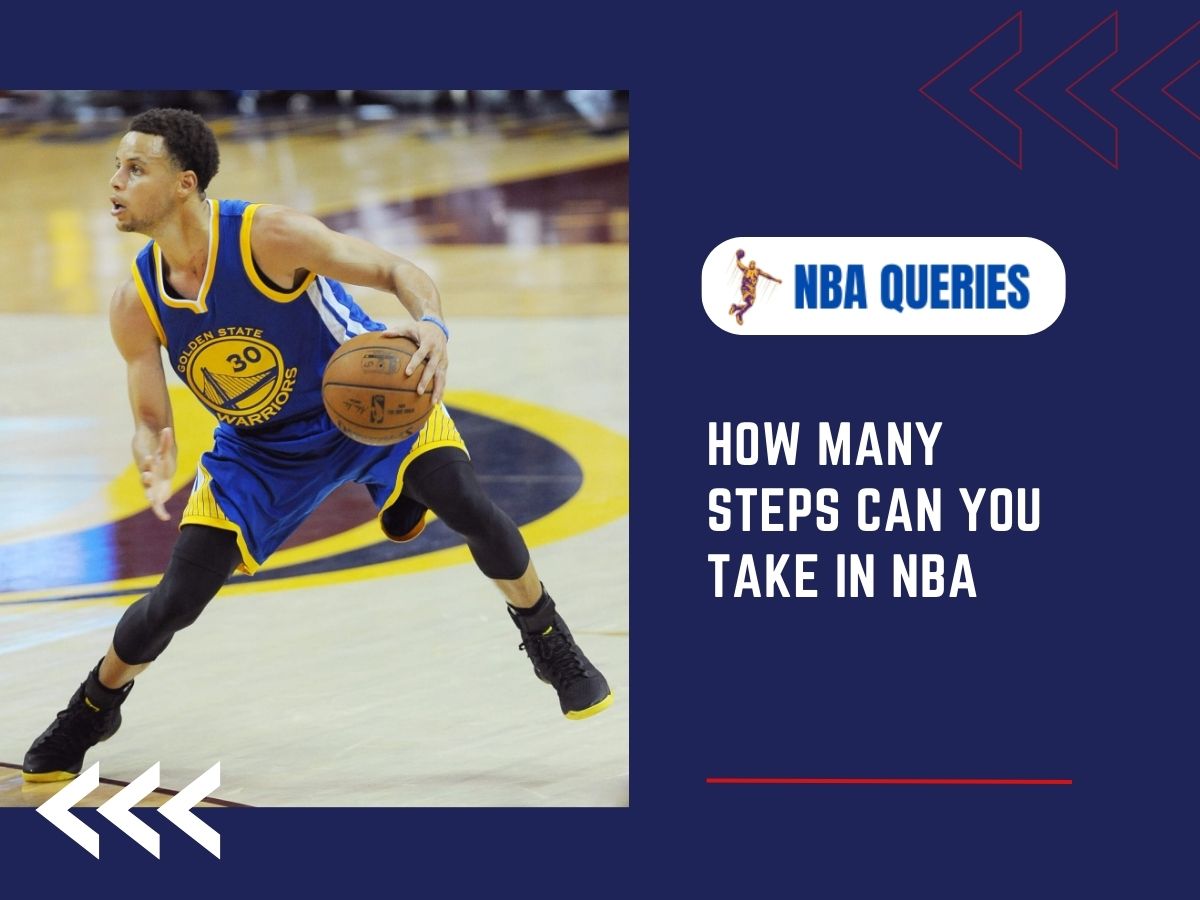The NBA’s approach to enforcing the rules around steps a player can take before it’s considered a travel has been a subject of much debate and analysis. This comprehensive guide aims to clarify the current rules and how they are applied in NBA games, leveraging insights from various authoritative sources.
The NBA Rule Book on Traveling
The NBA rule book has undergone revisions to bridge the gap between the written rules and their application during games. A significant change includes the formal definition of the “gather,” a crucial aspect in determining when a player’s movement constitutes traveling.
Definition of the Gather
- For players receiving a pass or gaining possession of a loose ball, the gather is when they gain enough control to hold, pass, shoot, or cradle the ball.
- For dribbling players, the gather is when the ball comes to rest in their hands, or they otherwise gain enough control over it.
Steps Allowed After the Gather
- Players may take two steps in coming to a stop, passing, or shooting the ball after gathering it. This clarification ensures consistency in how traveling violations are called.
Common Traveling Violations
Traveling in basketball can occur in various situations, from lifting the pivot foot without dribbling to taking more than two steps without making a motion to shoot or pass.
Key Points to Avoid Traveling
- Pivot Foot Rules: Understanding which foot is your pivot and the conditions under which it can be lifted is essential.
- Steps Allowed: After gathering the ball, a player is allowed two steps. This rule applies whether the player is stopping, shooting, or passing.
- Movement Restrictions: Actions such as sliding, rolling, or moving on the floor with the ball without dribbling are prohibited.
NBA vs. NCAA Rules
Comparing NBA and NCAA rules, the fundamentals of what constitutes traveling are similar, but the NBA allows a gather step that is not explicitly accounted for in NCAA rules. This difference slightly alters how many steps a player can take before it’s considered traveling.
Traveling Violation Examples
Real-world examples include high-profile NBA players making movements that either push the boundaries of the rules or clearly violate them, demonstrating the complexities of the traveling rule.
Read:
The NBA’s Enforcement of Traveling
While the NBA has clear rules on traveling, the rapid pace of the game and the athletes’ quickness make it challenging for referees to enforce these rules strictly. As a result, some violations may go uncalled, contributing to ongoing debates among fans and analysts alike.
Is the Stepback a Travel?
The stepback move, popularized by players like James Harden, is legal as long as only two steps are taken after the gather. This move exemplifies the importance of understanding the gather step and subsequent steps in the context of NBA gameplay.
Strategic Application of the Gather Step
The concept of the gather step is central to navigating the NBA’s traveling rules. This action allows players to start their two-step motion, enabling dynamic play styles and maneuvers that are both exciting to watch and complex in execution. The gather step’s proper application enhances players’ ability to execute plays effectively within the legal bounds of the game.
Examples and Clarifications
Notable instances in NBA games highlight the intricacies of what constitutes a travel. Players like Russell Westbrook and LeBron James have been involved in plays that sparked discussions about the interpretation of the traveling rules. Such examples serve as educational moments for both players and fans, illustrating the fine line between legal maneuvering and violations.
Enforcement Challenges and Debates
The enforcement of traveling rules has always been a challenging aspect for NBA officials. The game’s fast pace, combined with the athletes’ quick movements, presents a formidable task in consistently calling travels. This difficulty has led to debates on whether the league should tighten or relax its enforcement, reflecting broader discussions on the balance between preserving the game’s integrity and adapting to its evolution.
The Controversy Around Stepbacks
The legality of stepback moves, particularly those executed by James Harden, underscores the complexity of the NBA’s traveling rules. While considered legal, these moves often push the boundaries of the traveling rule, sparking debates on their fairness and impact on the game’s competitive balance.
The Future of Traveling Rules
As the NBA continues to evolve, so too may its approach to traveling rules. The ongoing debate around these regulations may prompt further clarifications or adjustments to ensure the game remains both competitive and entertaining. Engaging with these discussions is crucial for fans, analysts, and players alike to fully appreciate and contribute to the sport’s development.
Last Words
The NBA’s rules regarding the steps you can take are more than just guidelines for legal movement; they are a testament to the sport’s complexity and dynamic nature. As players continue to push the limits of these rules, and as the league adjusts its enforcement practices, understanding these regulations remains essential for anyone connected to the game of basketball.

